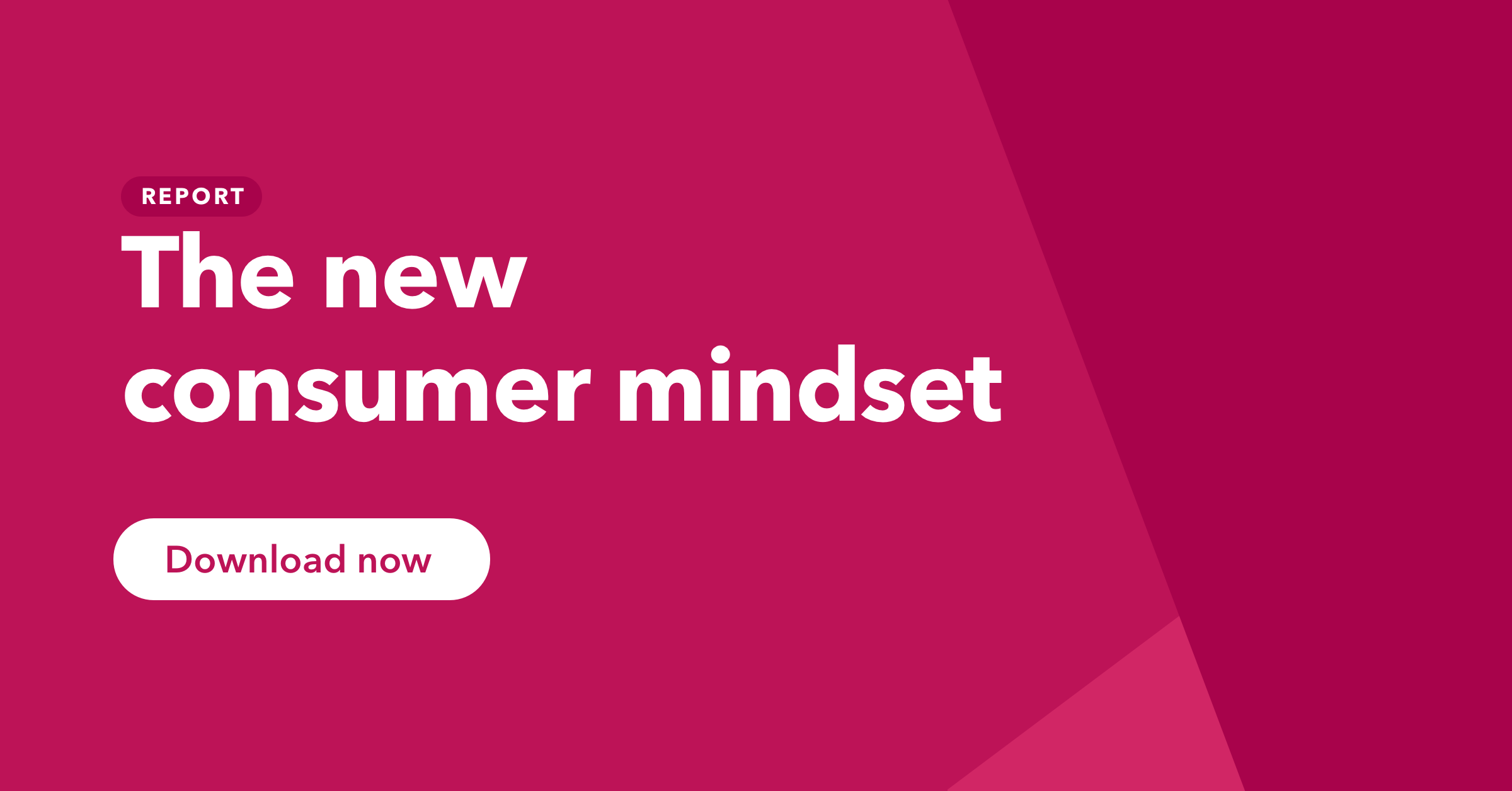In times of crisis, behaviors change. Brands must change theirs too, or risk being left behind.
Psychographic, or ‘attitudinal’, research explores peoples’ values, desires, goals, interests and lifestyle choices. Combined with demographic research, it builds a complete picture of your target audiences and gives you insight into where and how to meet them.
But even brands that have a firm grasp of this audience portrait have seen it shattered by the current global crisis. So what needs to be done to get a true view of the 2020 consumer?
The ‘next normal’: why psychographic data matters
The passing of time and changing circumstances has always meant consumer wants, needs and motivations are in constant evolution, but the coronavirus pandemic has not only fast-tracked this – it’s created a new world.
Charlie Echeverry of marketing company Black//Brown predicts there will be no ‘new normal’. Instead brands must look to the ‘next normal’, where the main focus lies on psychographic research over behaviors. Here’s why.
1. The world, and consumer behavior, is changing fast.
This is a time of fast, unpredictable change on a global scale. And while consumer actions are, and will continue to be, a crucial part of any marketing strategy, the motivations behind these actions are only set to grow in importance. It’s never been more important to know why your target audiences act the way they do.
2. Be responsive – in the way consumers want.
The pandemic has impacted the entire world on a personal level, and it’s imperative that brands keep their finger on the pulse of how consumers will react to their message. Our coronavirus research tracks these attitudes and shows how they’re evolving as time goes on.
3. These times are unprecedented – and your creativity has to match.
It’s not good enough to fall back on your brand campaigns and stick to your brand message without reassessing its purpose. It’s time to be creative and make sure to resonate with your target audience as they are right now. The only way to do this is to have access to the kind of psychographic research that gives you up-to-date, relevant context around changing mindsets as well as habits.
4. In an uncertain environment, you must be flexible.
What 2020 has proven to brands is that you can be as prepared as you want – some things are simply out of your control. While you may have a shiny, data-driven marketing plan at hand, you must come back to the consumer data to make sure it still holds up – and attitudes change faster than actions.
The state of the consumer mindset
Globally, only 20% strongly approve of brands running “normal” advertising campaigns.
And while overall approval is on a steady rise, proving it’s crucial for brands to not cease your advertising efforts, it shows you need to rediscover what your target audiences want to see from you.
Audience spotlight: Mothers in a crisis
To dig deeper into the attitudes and expectations of consumer segments, we zeroed in on mothers and their unique reactions to the pandemic. Here are some key findings from wave 4 of our ongoing Coronavirus study, conducted in May.
- Regular cleaning and disinfecting (75%) is the most important factor in public spaces, ahead of things like face masks, hand sanitizer and social distancing measures.
- They’re more concerned, to any degree, about the global situation (85%) than their own country’s (67%).
- 45% say corporate sustainability has become a lot more important to them during the outbreak, ahead of reducing their personal use of single-use plastic (40%) and reducing their carbon footprint (42%).
- 37% believe the outbreak will have a big or dramatic impact on their personal finances.
- 46% claim they’ll shop online more after the pandemic.
Steps to reassessing your psychographic model
While you may be well-acquainted with the steps to get psychographic research into your strategy, how can you use it to resonate with your consumers during a global crisis?
- Revisit your audience segments and personas.
- Look as far ahead as possible.
- Tell emotionally compelling, but culturally sensitive, stories.
- Keep coming back to refreshed, attitudinal research and adapt alongside.



